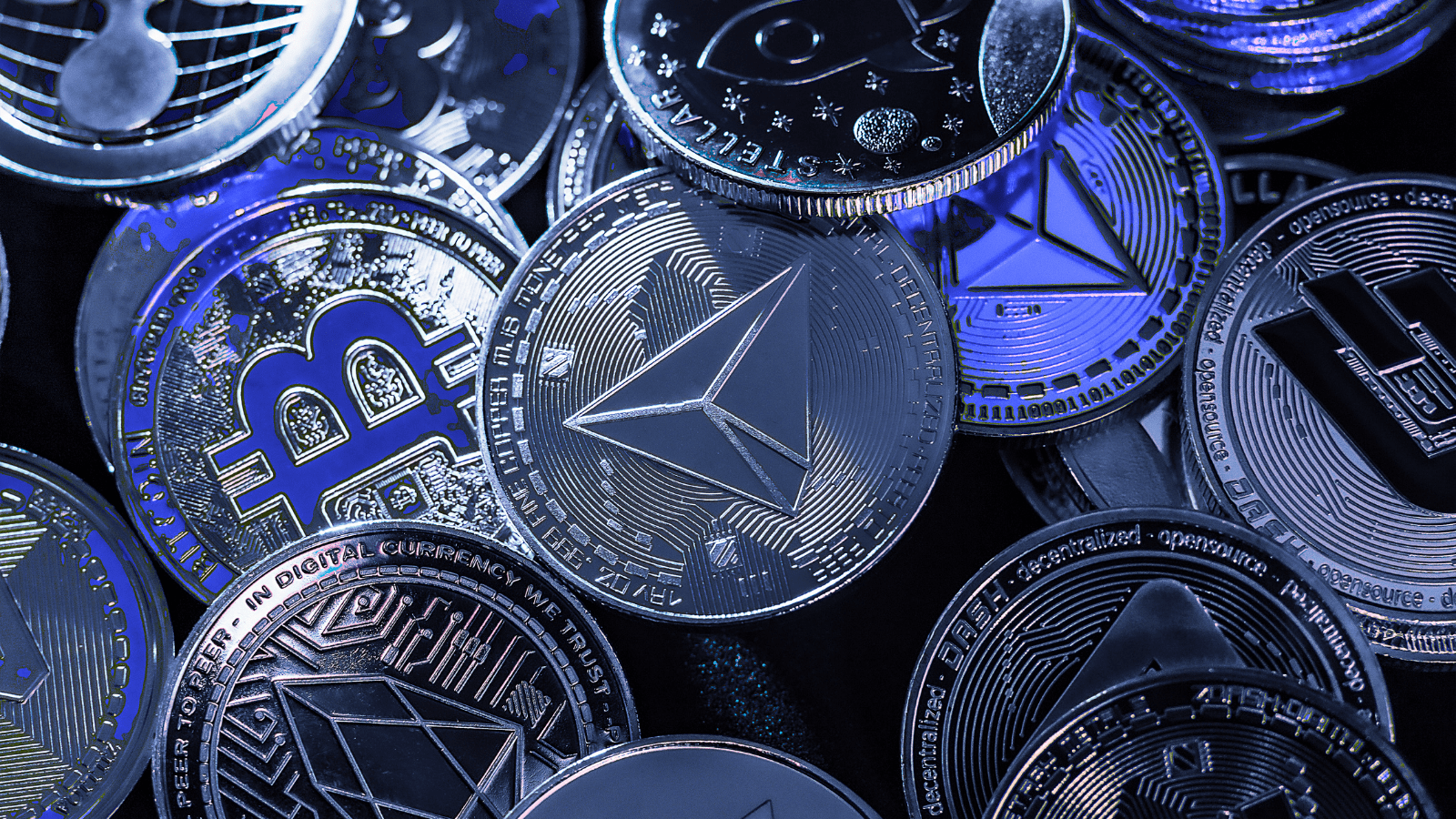What are Alternative Assets and How Tokenization is Changing the Industry?

One of the biggest problems with investing in alternative assets is it's very difficult to get started. The legal and regulatory hurdles that need to be overcome make it challenging for new investors. Many of the most interesting opportunities are open only to institutional investors or those who are "accredited" by the government (people with high net worth). This makes it extremely hard for everyday people to tap into these new investment opportunities, whether they are interested in real estate or fine art. Blockchain technology has changed this forever.
What are Alternative Asset Classes?
Alternative investments are generally considered to be assets that do not fall into one of the three conventional asset classes: stocks, bonds, or cash. These include physical assets such as commodities, real estate, and collectibles, and financial assets such as private equity, hedge funds, and derivatives.
Commodities: A commodity is anything that can be bought or sold with no differentiation between vendors. For example, gold is a commodity because an ounce of gold is the same no matter who sells it. Oil is another example of a commodity.
Real estate: Real estate includes any type of property that you can buy or sell — residential, commercial, or land.
Collectibles: Collectibles include art, antiques, coins, stamps, wine, and other high-end items. They are generally purchased for their investment value rather than the owner's personal use.
Alternative investments have been around for decades, but there has been a dramatic increase in investor interest over the past few years, with more money being invested in alternatives than ever before.
Why Invest in Alternative Assets?
The world of investing is full of different options. Some investors prefer stocks, while others go with bonds or mutual funds. But the best investment portfolios are made up of a mix of different types of investments and assets. This mix is known as asset allocation. Asset allocation helps to reduce the risk in your portfolio. Alternative assets are one type that reduces the investment risk.
Diversification
One of the main benefits of investing in alternative assets is that they provide an uncorrelated return profile to traditional asset classes. By investing in alternative assets, you can diversify your portfolio much more effectively than if you were only allocating funds to stocks or bonds.
Reduced Volatility
Alternative assets are typically much less volatile than traditional investments. This means that you will see fewer large swings in value in your investment account, and you won't need to worry about losing a lot of money when the markets fall.
Higher Returns
In general, alternative asset classes tend to provide higher returns than stocks or bonds over the long term. While this isn't always the case, there are many times when you will see a substantial increase in value within your investment portfolio due to these types of investments.
Hedge Against Inflation
Alternative assets have a tendency to outperform traditional investment classes during periods of high inflation or deflation, which makes them a great long-term hedge against inflation-driven economic downturns.
How Does Tokenization Work in the Real World?
Tokenization is the method of taking an asset, be it traditional or alternative, and fractionalizing it so that a larger number of investors can own a piece of the asset. In this way, tokenization enables smaller portions of an asset to be traded in an efficient manner.
In the real world, this means that an expensive asset can now be owned by many more people than would have been possible before tokenization. For example, art collectors might purchase a piece of work for $1 million but could then sell 5% of the artwork for $50,000 to another collector.
Currently, there are two ways in which assets are tokenized: 1) on-chain and 2) off-chain.
On-Chain Tokenization
This type of tokenization uses blockchain technology to create fractions of assets that can be traded as tokens on a blockchain network. As such, these assets are fully compliant with securities laws and regulations, as they are public and immutable on the blockchain.
Off-Chain Tokenization
This type of tokenization involves creating tokens backed by traditional assets without using blockchain technology. The tokens themselves do not reside on a decentralized network but instead are held in an escrow fund controlled by a centralized third-party entity.
Key Benefits of Tokenized Assets
Lower Barriers to Entry
Fractionalizing alternative assets makes them more accessible to a broader audience of investors. For example, the value of a single Picasso painting is out of reach for most people. But art lovers can buy fractions of it through a blockchain asset and take joint ownership of the painting.
Liquidity of Assets
Liquidity is improved by offering fractional ownership. When you own a piece of property or fine art, you can't easily trade it for something else in your portfolio. But once you upload that asset to your digital wallet as a token, selling becomes much easier because you're essentially selling shares in an investment vehicle that trades on an exchange and is easy to value.
Improved Transparency
Tokenization boosts transparency when all participants are required to store information about the asset on a blockchain ledger, where anyone with access to the network can view it. This eliminates the need for third-party verification from government agencies, lawyers, or brokers.
Conclusion
Blockchain technology has put the power to invest in alternative assets into the hands of the masses. For the first time, anyone can invest in these assets, which were previously restricted to accredited investors. This is a huge step forward for democratizing access to alternative investments. Tokenization has the potential to change how we invest in real estate, art, collectibles, and commodities.
